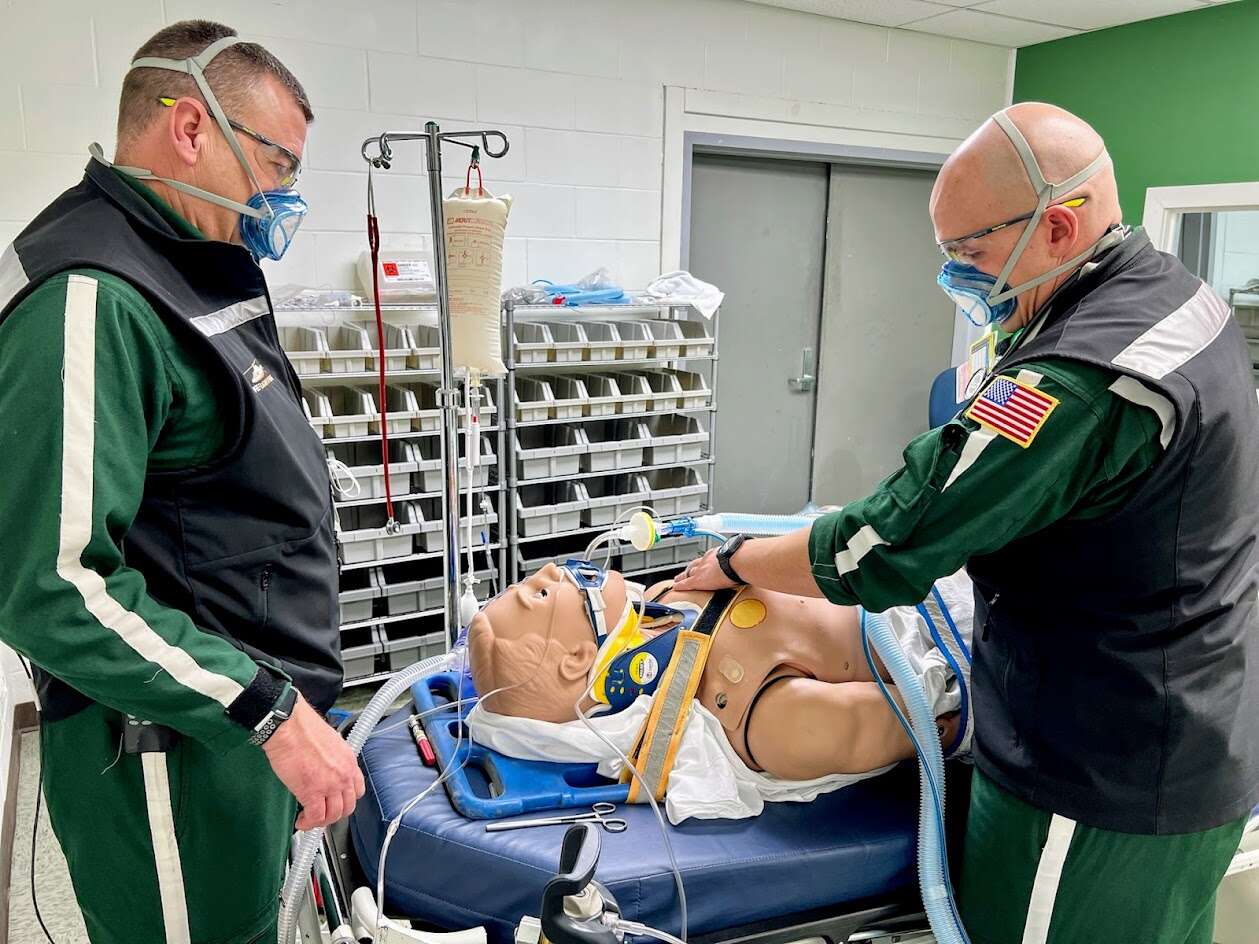
Processing Your Payment
Please do not leave this page until complete. This can take a few moments.
- News
-
Editions
-
- Lists
-
Viewpoints
-
Our Events
-
Event Info
- Business Leaders of the Year Reception 2025
- Women's Leadership Forum 2025
- On the Road with Mainebiz in Bethel
- Health Care Forum 2025
- On The Road with Mainebiz in Greenville
- On The Road with Mainebiz in Waterville
- Small Business Forum 2025
- Outstanding Women in Business Reception 2025
- On The Road with Mainebiz in Bath
- 60 Ideas in 60 Minutes Portland 2025
- 40 Under 40 Awards Reception 2025
- On The Road with Mainebiz in Lewiston / Auburn
- 60 Ideas in 60 Minutes Bangor 2025
Award Honorees
- 2025 Business Leaders of the Year
- 2024 Women to Watch Honorees
- 2024 Business Leaders of the Year
- 2023 NextUp: 40 Under 40 Honorees
- 2023 Women to Watch Honorees
- 2023 Business Leaders of the Year
- 2022 NextUp: 40 Under 40 Honorees
- 2022 Women to Watch Honorees
- 2022 Business Leaders of the Year
-
-
Calendar
-
Biz Marketplace
- News
- Editions
- Lists
- Viewpoints
-
Our Events
Event Info
- View all Events
- Business Leaders of the Year Reception 2025
- Women's Leadership Forum 2025
- On the Road with Mainebiz in Bethel
- Health Care Forum 2025
- On The Road with Mainebiz in Greenville
- + More
- On The Road with Mainebiz in Waterville
- Small Business Forum 2025
- Outstanding Women in Business Reception 2025
- On The Road with Mainebiz in Bath
- 60 Ideas in 60 Minutes Portland 2025
- 40 Under 40 Awards Reception 2025
- On The Road with Mainebiz in Lewiston / Auburn
- 60 Ideas in 60 Minutes Bangor 2025
- - Less
Award Honorees
- 2025 Business Leaders of the Year
- 2024 Women to Watch Honorees
- 2024 Business Leaders of the Year
- 2023 NextUp: 40 Under 40 Honorees
- 2023 Women to Watch Honorees
- 2023 Business Leaders of the Year
- + More
- 2022 NextUp: 40 Under 40 Honorees
- 2022 Women to Watch Honorees
- 2022 Business Leaders of the Year
- Nomination Forms
- Calendar
- Biz Marketplace
$250K grant helps LifeFlight of Maine open high-tech simulators for training first responders
 Courtesy / LifeFlight of Maine
LifeFlight of Maine’s new simulation and learning labs at its three bases provide access to critical care education and learning 24 hours a day, 365 days a year. The reflection of a manikin is seen in the monitor.
Courtesy / LifeFlight of Maine
LifeFlight of Maine’s new simulation and learning labs at its three bases provide access to critical care education and learning 24 hours a day, 365 days a year. The reflection of a manikin is seen in the monitor.
With a $250,000 grant from the Bangor Savings Bank Foundation, LifeFlight of Maine has opened training centers at its three bases to prepare airborne first responders for handling medical emergencies statewide.
The nonprofit held simultaneous ribbon-cuttings last week at the centers in Bangor, Lewiston-Auburn and Sanford to show off the Bangor Savings Bank Simulation & Learning Labs.
The grant enabled LifeFlight to build the dedicated teaching labs, providing access to critical care education and learning, 24 hours a day, 365 days a year.
“We often say when faced with a crisis, we don’t rise to the level of our education, we fall to the level of our training,” Steve Babin, senior clinical educator for LifeFlight, said in a news release. “Medical personnel have a lot of classes but until we train, we’re not prepared to perform.”
LifeFlight of Maine is the state’s only air medical and critical care transport organization.
The labs allow personnel to repeatedly perform skills so they can get it right every time, Babin said, noting, “Practice doesn’t make perfect. Perfect practice makes perfect.”
The labs are designed to allow LifeFlight to strengthen its clinical education program which supports internal training as well as training for hospitals, emergency medical services, and public safety agencies across the state.
“LifeFlight and its crew make a life-saving impact every day by connecting our rural communities to critical care services allowing us to fully live and play safely in Maine,” said Bob Montgomery-Rice, president and CEO of Bangor Savings Bank.
In 2021, LifeFlight transported 2,300 patients from 136 communities, islands and unorganized townships, averaging one patient every four hours. The organization deploys medical teams who use three helicopters, a fixed-wing airplane, rapid response vehicles, and specialized ground ambulances.
Simulation training has been integral to LifeFlight’s education programming for years. But previous simulators were mobile, making it challenging to meet the training demands of LifeFlight crew and health care partners spread across Maine. The situation had become more difficult during the pandemic.
Each lab includes a full complement of medical equipment that is designed to look like an emergency department. A control room allows educators to produce high-quality, real-life patient care scenarios while reducing distractions to the medical team practicing/audio-video technology allows the medical crew and proctor to review detailed recordings and critique patient care practices.

The three labs are connected via technology that enables LifeFlight crew and external partners in various locations to simultaneously participate in training sessions.
The labs also include high-fidelity adult, pediatric and neonatal manikins and technology to control each one. “Hal” and “Pediatric Hal” become life-like patients under the control of a LifeFlight simulation educator for advanced critical care training. The hands-on teaching is designed to allow educators and students to engage in realistic and immersive patient care experiences, similar to what they would encounter in a helicopter, hospital or other EMS setting.














0 Comments